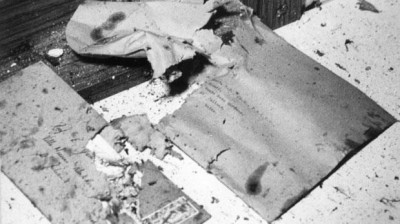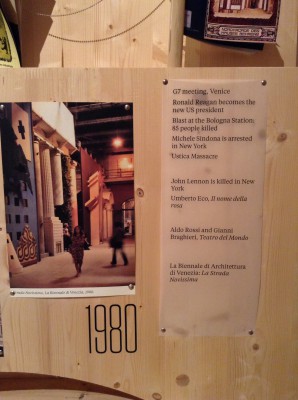Jean Baudrillard:
a) In this system, death itself shines by virtue of its absence. (The Bologna train station, the Oktoberfest in Munich: the dead are annulled by indifference, that is where terrorism is the involuntary accomplice of the whole system, not politically, but in the accelerated form of indifference that it contributes to imposing.) Death no longer has a stage, neither phantasmatic nor political, on which to represent itself, to play itself out, either a ceremonial or a violent one. And this is the victory of the other nihilism, of the other terrorism, that of the system.
There is no longer a stage, not even the minimal illusion that makes events capable of adopting the force of reality — no more stage either of mental or political solidarity: what do Chile, Biafra, the boat people, Bologna, or Poland matter? All of that comes to be annihilated on the television screen. We are in the era of events without consequences (and of theories without consequences).
On Nihilism, 1980
Jean-Louis Bruguière:
80*81: You also found a connection to the attack in 1980, on the Oktoberfest in Munich?
Jean-Louis Bruguière: We were sure that the terrorists of the Rue des Rosiers had contacts with the extreme right and the Nazi groups. The DGSE, the Diréction Générale de la Sécurité Extérieure, the French external intelligence agency, passed me the information that two of the attackers had striking similarity to two German neo-Nazis, Walter Kexel and Odfried Hepp. Hepp was trained by Fatah in a camp in Lebanon, from June 1980 until July 1981. Their antisemitism and antizionism went well with the Palestinian movement. He called himself ‘Youssouf’ and tried to set up a PLO cell in Frankfurt. He is a strong suspect for the bombing in Munich that killed 13 people.
80*81:
Jean-Louis Bruguière was the most important “juge d‘instruction”, as these clandestine researchers are called in France. He became a judge in 1973. He was dealing with local criminal affairs in Normandy. He moved to Paris in 1976, still in charge of small affairs. He transferred to organized crime in 1978 and in 1981 his career exploded. In 1986 he formed an anti-terrorism division in Paris. A year later his apartment was targeted in a grenade attack; Bruguière continued his fight. In 1994, he captured Carlos the Jackal, one of world’s most wanted terrorists. Possibly his biggest case was that of UTA Flight 772 which was sabotaged over the Sahara Desert in 1989 with the loss of 170 lives. Bruguière had six Libyans prosecuted in Paris and convicted in absentia. In 2004, at the height of his career, Bruguière was appointed vice-president of the Paris Court of Serious Claims. He was responsible for the indictment of Rwandan president Paul Kagame for the assassination of Juvenal Habyarimana in 1994. In 2007, Bruguière left his civil function as a magistrate and became a candidate for Nicolas Sarkozy’s UMP conservative party. He was defeated by his Socialist competitor.
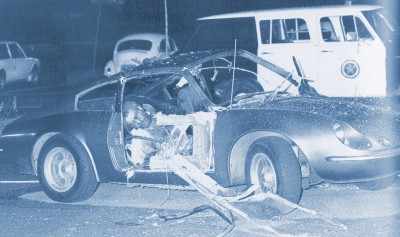
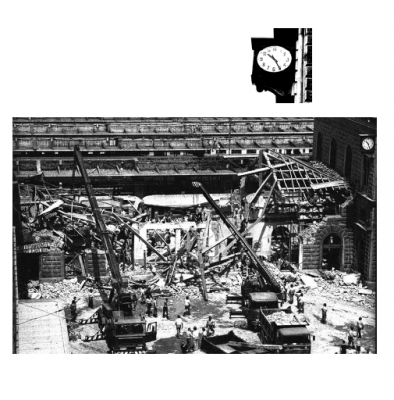
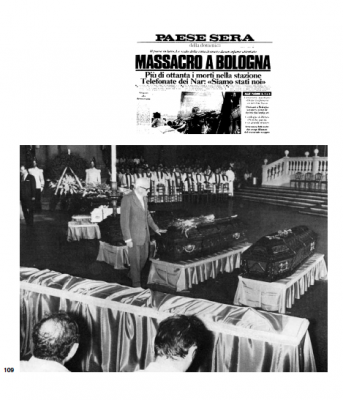
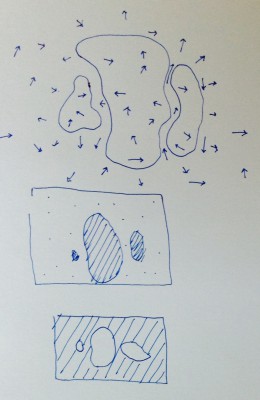
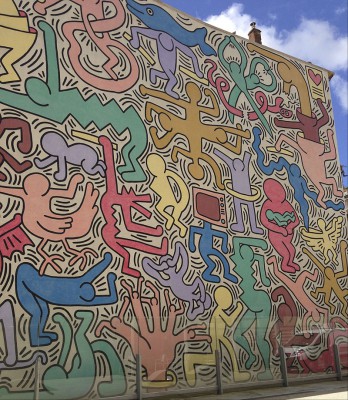 tuttomondon; keith haring 1989 mural in Pisa
tuttomondon; keith haring 1989 mural in Pisa